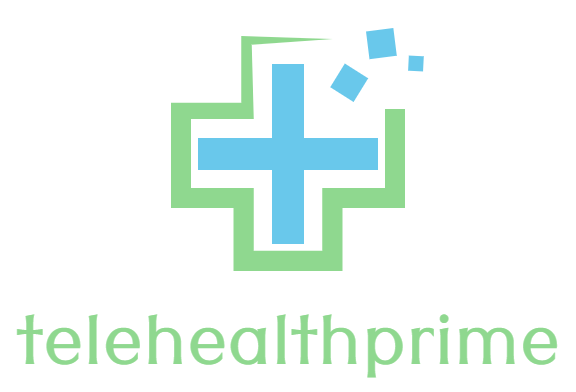Red light therapy, also known as low-level laser therapy or photobiomodulation, is a non-invasive medical procedure that uses red and utilizing near-infrared light to activate cell activity and achieve a variety of therapeutic outcomes. This novel strategy is based on the photobiomodulation concept, which states that specific wavelengths of light interact with cellular structures, initiating a series of beneficial biochemical reactions.
The red and near-infrared light utilized in RLT penetrates the skin, reaching the mitochondria, the cell's powerhouse, and increasing ATP generation. This increase in cellular energy improves cellular function, resulting in a variety of beneficial consequences such as faster tissue repair, less inflammation, and pain alleviation.
Portable devices for home use have become increasingly popular, allowing individuals to access the benefits of Red light therapy | Domer Laser conveniently. While ongoing research continues to uncover its full potential, red light therapy stands as an exciting frontier in non-invasive and natural approaches to health and well-being.
When Can Results Be Expected From Red Light Therapy?
The results of red light therapy may vary depending on the disease being treated. Some people claim results after just a few sessions, including less discomfort, better skin texture, and faster healing from injuries. However, for more chronic illnesses or anti-aging benefits, continuous and prolonged use over weeks or months may be required to generate obvious and long-lasting outcomes.
Common Uses of Red Light Therapy
Red light treatment, also known as low-level laser treatment or photobiomodulation, has emerged as a groundbreaking method of healing and well-being. This non-invasive treatment procedure, which takes advantage of the therapeutic potential of red and near-infrared light, has grown in popularity in a variety of medical and aesthetic disciplines. This article delves into the common applications of red light therapy, including pain relief, skin renewal, wound healing, and overall health improvement.
Analgesia
A primary and well-established use of red light therapy is in the management of pain, particularly chronic pain conditions. The therapeutic light penetrates deep into tissues, stimulating cellular activity and promoting the release of endorphins, the body's natural pain relievers. Conditions such as arthritis, muscle strains, and joint pain have shown positive responses to RLT, providing individuals with a non-pharmacological and non-invasive option for pain relief.
Wound Healing and Tissue Repair
One of the most impressive applications of red light therapy is its ability to expedite wound healing and tissue repair. The light energy stimulates cellular activities, increasing the generation of adenosine triphosphate (ATP), which is the energy currency of cells. This increased cellular activity hastens the healing of wounds, cuts, and injuries. RLT is used in both clinical settings and at-home care for post-surgical rehabilitation.
Skin Rejuvenation and Anti-Aging
Red light therapy has grown in popularity in the cosmetic and dermatological industries due to its ability to promote skin renewal and minimize the appearance of aging. The therapy promotes collagen formation, hence enhancing skin elasticity and texture. It reduces fine lines, wrinkles, and age spots, providing a non-invasive and non-ablative alternative for people looking for anti-aging advantages without resorting to more harsh procedures.
Acne Treatment
In dermatology, red light therapy has shown promise for acne treatment. RLT is an excellent alternative therapy for acne-prone skin due to its anti-inflammatory characteristics and capacity to lower sebum production. The treatment may help to reduce the intensity and frequency of acne outbreaks.
Neurological Conditions
Red light therapy is now being researched for its possible applications in neurological diseases. Preliminary research suggests that RLT may have neuroprotective properties and could be useful in situations such as traumatic brain injury, stroke, and neurodegenerative disorders. However, more research is required to determine its efficacy conclusively.
Mood and Sleep Disorders
Red light therapy is gaining popularity as a way to improve mood and manage sleep issues. The therapy's effect on circadian rhythms and serotonin and melatonin synthesis suggests it may be beneficial for people suffering from seasonal affective disorder and sleeplessness. While the study is still underway, the early results seem promising.
Immune System Support
Red light therapy may have an immune-boosting effect. RLT has been demonstrated in trials to change immune responses, potentially enhancing the body's ability to protect itself from infections. While RLT is not a substitute for traditional immune support measures, including it in a comprehensive health strategy may bring additional benefits.
Final Words
Red light therapy has proven to be a versatile and promising modality with many applications in healthcare and aesthetics. RLT is becoming increasingly popular due to its non-invasive and low-risk nature and potential neurological benefits. Red Light Therapy stands out as a shining example of innovation, offering individuals a natural and holistic way to enhance their overall health.


